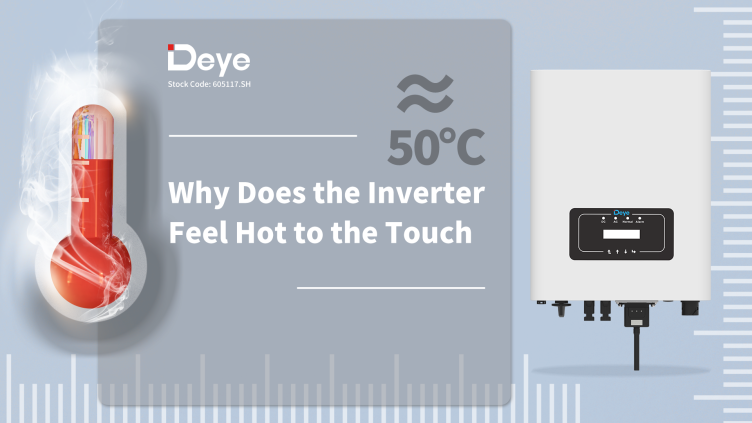 |
Welcome To Evlithium Best Store For Lithium Iron Phosphate (LiFePO4) Battery |
 |

Have you ever reached out to check on your inverter and noticed that the casing feels warm? It's a common concern for many, but don't fret—it's not necessarily a cause for alarm. In fact, that warmth is often a sign that your inverter is functioning as it should, with its casing playing a crucial role in the cooling process.
In the world of electronics, the operation of active components generates heat as electricity flows through them. Each component within an inverter has an optimal operating temperature, and when the heat dissipation isn't efficient enough, the temperature inside the inverter can rise beyond this limit. This can potentially affect the efficiency, lifespan, and reliability of the components.
Additionally, the heat produced during the operation of an inverter leads to power losses, which can impact its energy conversion efficiency and overall performance.
The Importance of Heat Dissipation in Inverters
To combat the buildup of heat, inverters employ various heat dissipation techniques. One of the most common methods is through the use of heat sinks, which help to draw heat away from the components and disperse it into the surrounding air.
At Deye, we prioritize efficient heat dissipation in our inverters. Our designs often incorporate aluminum cooling fins, which increase the surface area available for heat transfer and promote rapid cooling. For higher-power inverters, we utilize more sophisticated cooling mechanisms, such as intelligent cooling fans, to enhance airflow and improve heat dissipation even further.
In addition to the heat sink, the casing of the inverter also plays a crucial role in dissipating heat. By serving as an additional surface area for heat transfer, the casing helps to expedite the cooling process. In environments with elevated temperatures, such as during summer months, it's not uncommon for the casing temperature to rise to around 55°C to 60°C, which explains the sensation of warmth when touching the inverter casing.
So, the next time you feel the warmth emanating from your inverter's casing, rest assured that it's a sign of a well-functioning thermal management system. By effectively dissipating heat, your inverter's components are kept within their optimal operating temperatures, ensuring continued efficiency and durability. Instead of worrying about the warmth, appreciate it as a testament to your inverter's reliability and performance.
Edit by paco